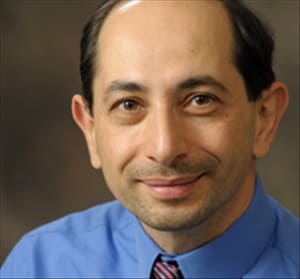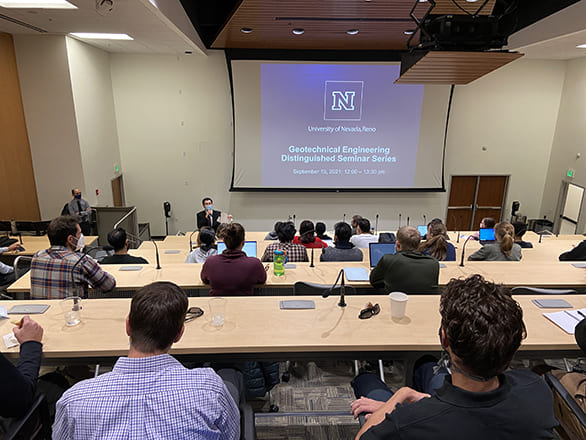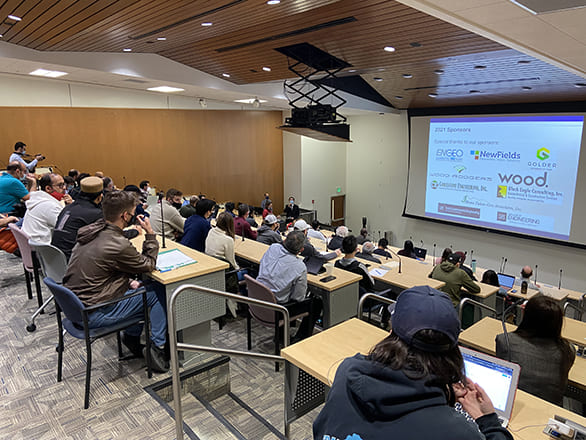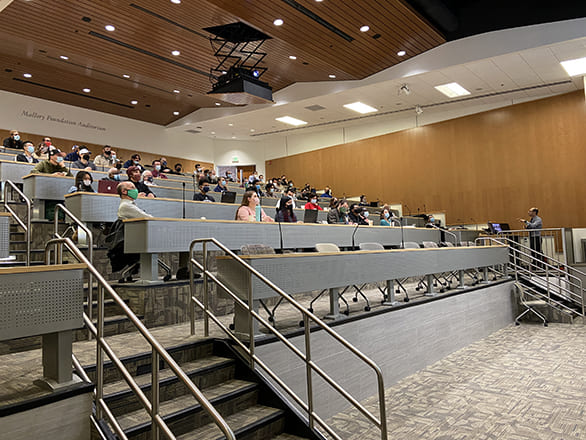Abstract
 Observations from earthquakes over the past several decades highlight the influence of site-specific ground conditions on recorded surface motion. One dimensional equivalent linear site response analysis was introduced to provide engineers with tools to evaluate the changes ground motions as they propagate in a soil column. Over the last 20-30 years, supported by measurements during strong ground shaking, there has been increasing recognition of the importance of explicit representation of nonlinear soil behavior in 1-D site response. This presentation will provide an overview of key developments in 1-D nonlinear site response analysis including issues related to viscous damping, controlling for soil strength in addition to modulus reduction and damping curve definitions, numerical efficiency, and representation of uncertainty. The presentation will discuss site investigation including geotechnical and geophysical survey needs to conduction such analyses. Examples of site responses analysis results versus generic site factors will also be presented.
Observations from earthquakes over the past several decades highlight the influence of site-specific ground conditions on recorded surface motion. One dimensional equivalent linear site response analysis was introduced to provide engineers with tools to evaluate the changes ground motions as they propagate in a soil column. Over the last 20-30 years, supported by measurements during strong ground shaking, there has been increasing recognition of the importance of explicit representation of nonlinear soil behavior in 1-D site response. This presentation will provide an overview of key developments in 1-D nonlinear site response analysis including issues related to viscous damping, controlling for soil strength in addition to modulus reduction and damping curve definitions, numerical efficiency, and representation of uncertainty. The presentation will discuss site investigation including geotechnical and geophysical survey needs to conduction such analyses. Examples of site responses analysis results versus generic site factors will also be presented.
About the speaker
Prof. Hashash is a professor of civil and environmental engineering at the University of Illinois at Urbana-Champaign with an extensive background in the field of geotechnical, earthquake and tunnel engineering. His expertise includes underground structures, deep excavations, numerical modeling, earthquake engineering and static and dynamic soil-structure interaction analysis, visualization and application of information technology, deep learning and artificial intelligence to geotechnical engineering. He co-led or was a member of post-disaster reconnaissance teams documenting built infrastructure response to earthquakes, floods and explosions. Prior to joining Illinois he worked in engineering practice for about 5.5 years. He is a licensed professional engineer in California. He continued his involvement with challenging civil engineering projects as an advisor or peer reviewer. Hashash holds a B.S., M.S. and Ph.D. in civil engineering from the Massachusetts Institute of Technology.
 Observations from earthquakes over the past several decades highlight the influence of site-specific ground conditions on recorded surface motion. One dimensional equivalent linear site response analysis was introduced to provide engineers with tools to evaluate the changes ground motions as they propagate in a soil column. Over the last 20-30 years, supported by measurements during strong ground shaking, there has been increasing recognition of the importance of explicit representation of nonlinear soil behavior in 1-D site response. This presentation will provide an overview of key developments in 1-D nonlinear site response analysis including issues related to viscous damping, controlling for soil strength in addition to modulus reduction and damping curve definitions, numerical efficiency, and representation of uncertainty. The presentation will discuss site investigation including geotechnical and geophysical survey needs to conduction such analyses. Examples of site responses analysis results versus generic site factors will also be presented.
Observations from earthquakes over the past several decades highlight the influence of site-specific ground conditions on recorded surface motion. One dimensional equivalent linear site response analysis was introduced to provide engineers with tools to evaluate the changes ground motions as they propagate in a soil column. Over the last 20-30 years, supported by measurements during strong ground shaking, there has been increasing recognition of the importance of explicit representation of nonlinear soil behavior in 1-D site response. This presentation will provide an overview of key developments in 1-D nonlinear site response analysis including issues related to viscous damping, controlling for soil strength in addition to modulus reduction and damping curve definitions, numerical efficiency, and representation of uncertainty. The presentation will discuss site investigation including geotechnical and geophysical survey needs to conduction such analyses. Examples of site responses analysis results versus generic site factors will also be presented.



